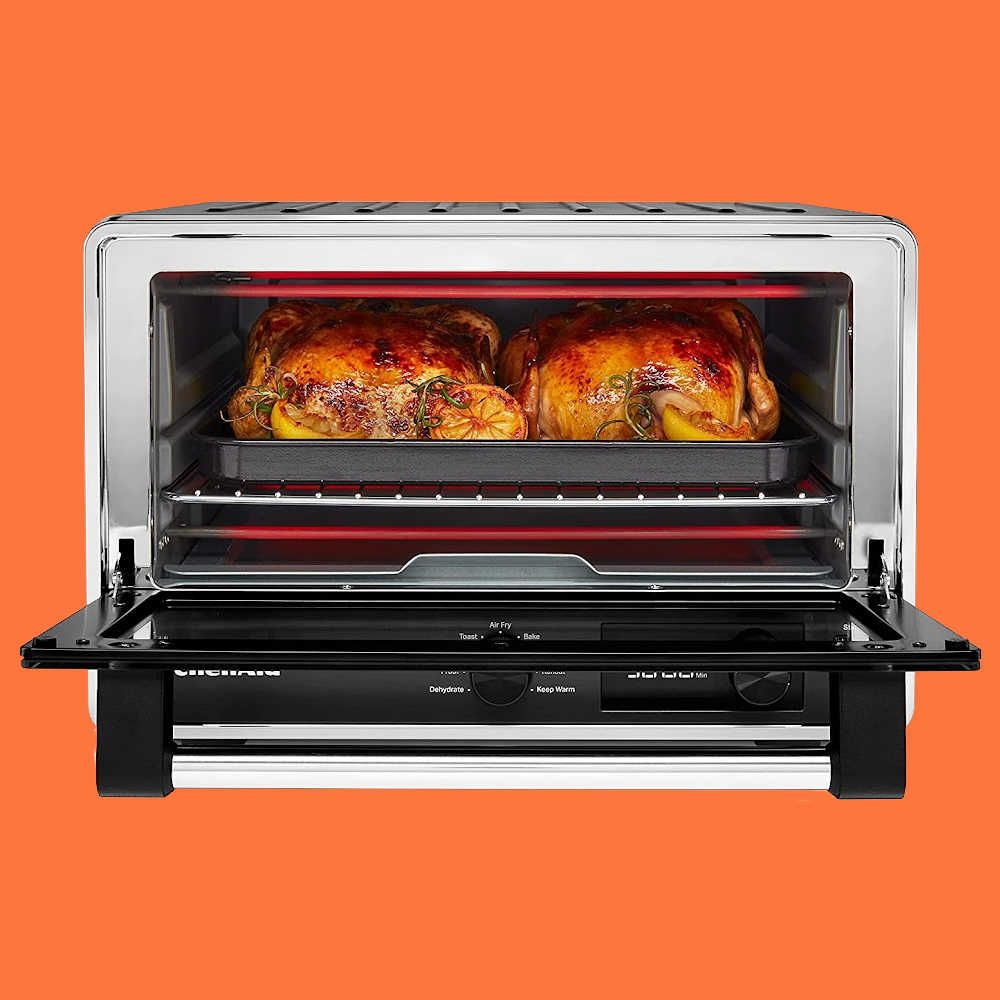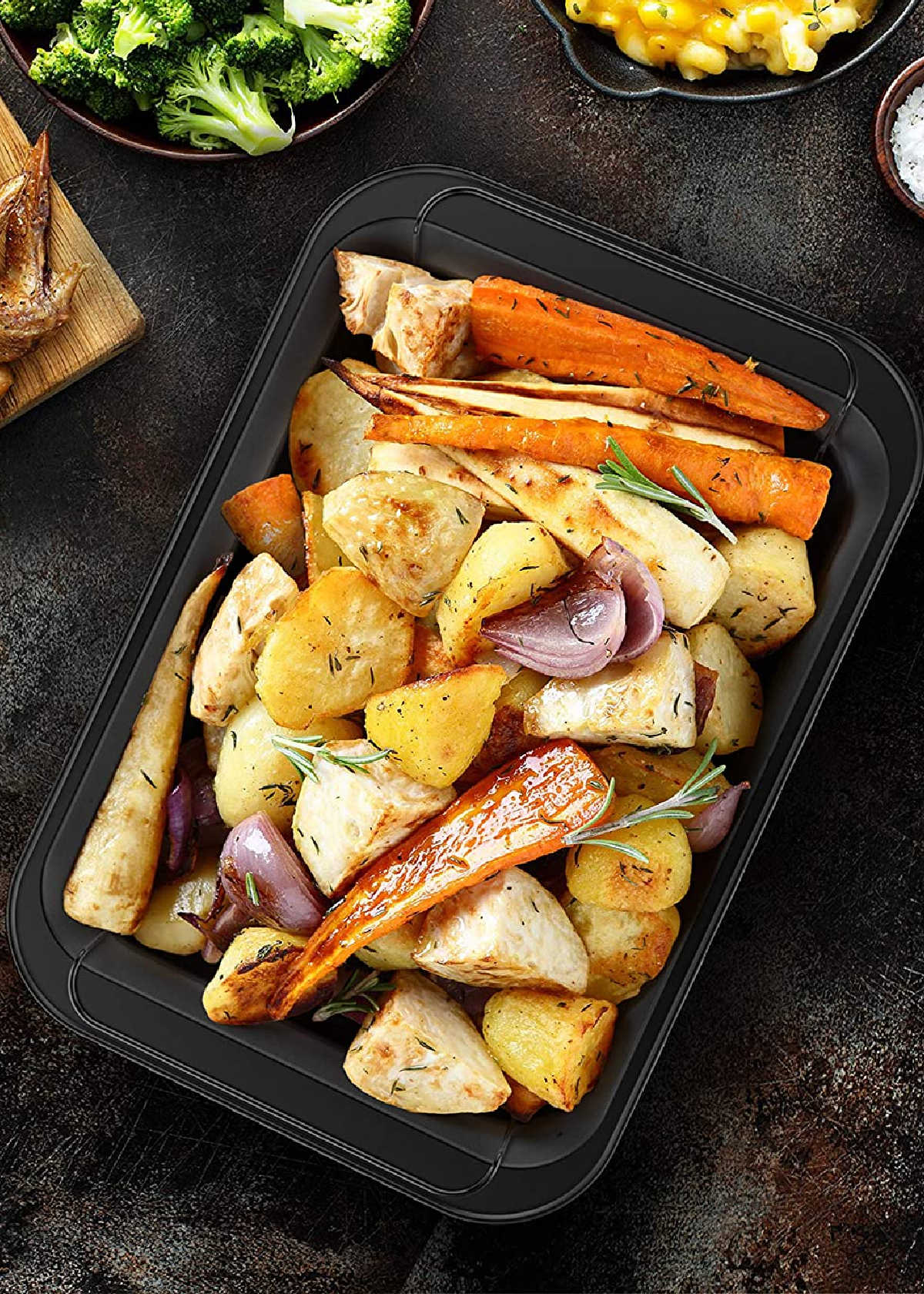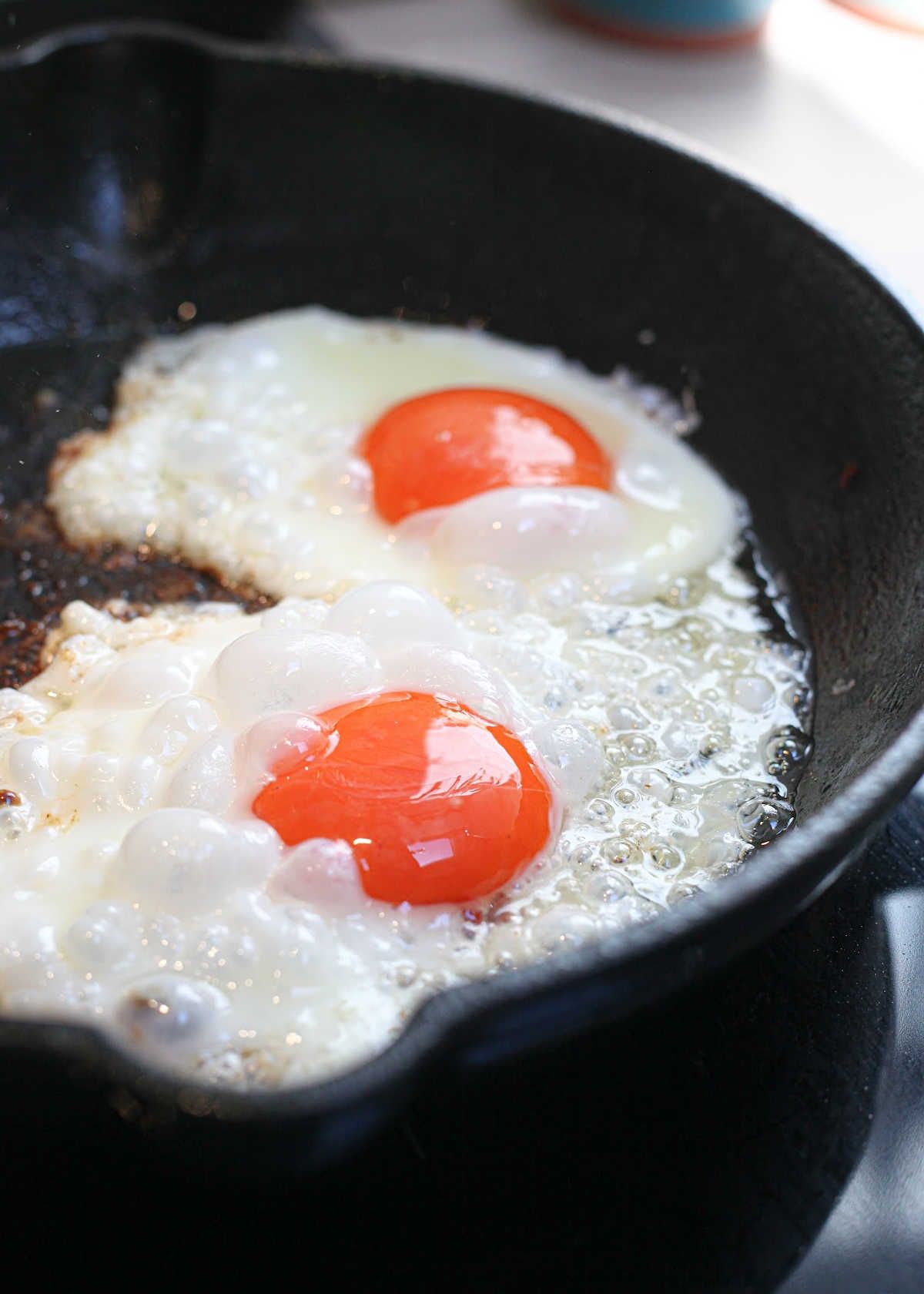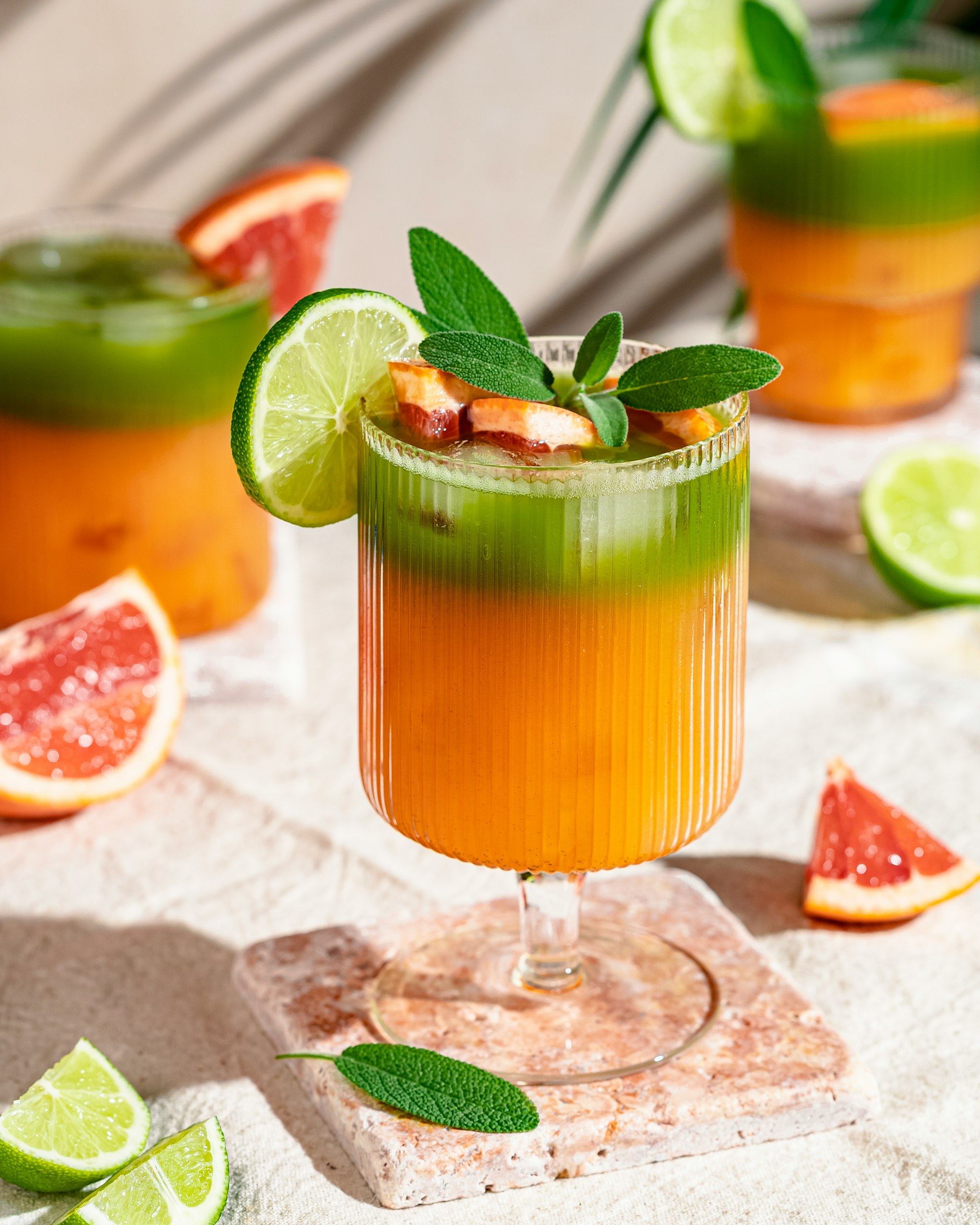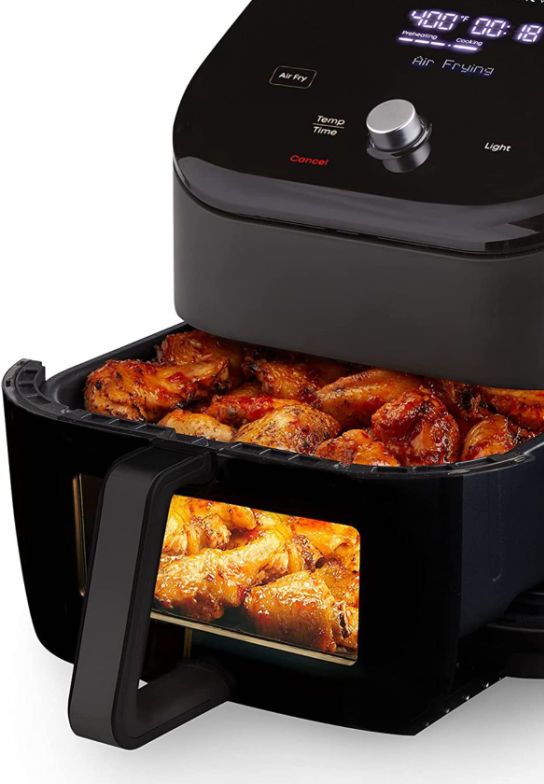Content Summary
Serving wine properly can also elevate the taste and aroma of the wine. Although it might seem simple, there is a lot to consider when serving wine.
In this guide, we'll cover the basics of how wine should be served. We'll provide helpful tips with 4 steps of serving wines and the 5 wine rules you should know.
How Wine Should Be Served
When serving wine, it is important to use the right type of glass and ensure that the temperature is correct.
- Red wines should be served in a wider bowl glass at a temperature between 55°F and 65°F.
- White wines should be served in a narrower bowl glass at 45°F to 55°F.
- Sweet wines and sparkling wines should be served in their specialized glasses at 45°F to 50°F.
It is also important to pour wine from a height, slowly and steadily. Each glass should contain 5-6 ounces (148-177 mL) of wine.
Read on for the detailed breakdown.


1. Choose The Right Glass
When serving wine, it is important to choose the right type of glass.
- Red wines, from light red wines to full-bodied wines like Cabernet Sauvignon and Pinot Noir, should be served in a larger glass with a wide bowl to allow for air circulation and release the wine's aromas.
- White wines should be served in a smaller glass with a narrower bowl to ensure that their temperature does not rise too quickly.
- Sweet wines & sparkling wines should also be served in their specialized glasses, with narrow flutes for champagne or sparkling wines, and small tulip-shaped glasses for sweet wines.
2. The Right Temperature
- Red wines: When serving red wine, it is important to let it breathe for at least 15 minutes before serving. A general rule is to keep it at a temperature between 55°F and 65°F.
- White wines: It is best served slightly chilled, typically between 45°F and 55°F. To achieve this, store the bottle in the refrigerator for at least two hours before serving.
- Sweet wines & sparkling wines: These wines should also be served slightly chilled, typically 45°F to 50°F.
We have shared the details of temperatures for storing in the wine fridges and serving temperatures for red wines as well as white wines in our previous blog posts. Check them out here.


3. Open The Wines
- Use a corkscrew to remove the cork from the wine bottle:
When opening white wines, make sure to twist the bottle before pulling out the cork. This will help ensure that any remaining sediment is left in the bottle instead of in your glass. Make sure you have a quality wine opener.
- Put the cork back into opened bottles to keep them fresh:
Once a bottle is opened, it should be kept in the refrigerator or cooled with an ice-pack to keep it fresh. You can also put the cork back in the bottle and store it upright to preserve its flavor.
- Pour red wines that are 5 years or older into a decanter:
When serving older red wines, it is best to pour them into a wine decanter to allow the wine to "breathe" and enhance its flavor.
4. Pouring The Wines
- Ensure that the label of the wine bottle is facing outward while holding it:
When pouring the wine, make sure to hold the bottle so that the label is facing outward. This will help your guests identify the type of wine being served. Always do this at a wine tasting event.
- Pour from a height:
When pouring wine, keep it at a distance from the glass by holding the bottle at least six inches above it. This will help aerate the wine and bring out its flavor.
- Pour a little and steadily at a time:
When pouring wine from a bottle, start by tilting the bottle horizontally. Do so slowly and gently to avoid spilling, and fill wine glasses in small amounts so that your guests can smell it.
- Pour 5-6 ounces (148-177 ml) of wine into the glass:
The wine served in each glass should be approximately 5-6 ounces (equivalent to 148-177 mL). This will ensure that there is enough wine for everyone and also help regulate how much people are drinking.
- Restore the position of the bottle to upright:
Once you have finished pouring the wine, replace the bottle in an upright position. This will help prevent any remaining sediment from entering the glass.


5 Wine Rules
There are five wine rules to follow when serving wine. These are not just part of wine etiquette; they are purely functional.
- Always serve wine in clean glasses. Be sure to wash and dry your glasses thoroughly before serving wine. You don't want any soap residue or fingerprints to affect the flavors of the wine.
- Hold the wine glass by the stem or base, not the bowl. Holding the bowl can affect the temperature and flavor of the wine.
- Fill glasses one-third to half full. This allows room for the wine to breathe, and you won't spill when swirling.
- Use the correct glassware for each wine. Different wines require different glass shapes. A standard red wine glass is larger and has a wider bowl than a white wine glass.
- Know the proper serving temperature. Different wines should be served at different temperatures. Serving at the correct temperature allows the wine's flavors to stand out.
Serving Wines FAQs
Should you let the wine breathe before pouring?
Before pouring the wine, you should let it sit for a few minutes to allow the flavors to open up. This is especially important for red wines as oxygen helps to bring out the flavor of a wine.
You can pour the wine into a decanter to give it more breathing room, or just let it sit in an open bottle before pouring.
Should you shake the wine before pouring it?
Never shake wine before pouring it. Shaking a bottle of wine or decanter can cause it to foam and will release too much carbon dioxide. This can make it taste flat and less flavorful.
How many times should you swirl your wine?
When enjoying a glass of wine, it is important to aerate wine: to give the wine some time to open up and release its aromas.
To do this, you should swirl the wine in your glass three to four times. This helps to aerate the wine and bring out its flavors.
What is the proper way to swirl wine?
When swirling your wine, hold the stem of the glass and make small circles with your wrist. This will help to release the aromas of the wine and prepare it for tasting.
Also, make sure you don't swirl too vigorously or for too long as this can cause the wine to become too oxidized.
Why do you twist the wine bottle after pouring it?
Twisting the bottle after pouring wine into a glass helps to stop any remaining liquid from spilling out. It also prevents any sediment that is in the bottle from entering the glass and affecting the flavor of the wine.


Tips & Tricks
- Serve white wines before reds and sweet wines: White wines should be served first, followed by reds and then sweet wines. This will ensure that the white wines are not overpowered by the bold flavors of red and sweet wines.
- Keep your guest’s preferences in mind: When serving wine, it is important to keep the preference of your guests in mind. Don’t forget to ask them what type of wine they would like and serve accordingly.
- Pour a small amount first: When serving wine, it is a good idea to pour a small amount first. This will allow your guests to smell and taste the wine before pouring full glasses.
- Label the wine bottles: If you’re serving multiple wines, be sure to label the bottles so your guests can easily identify what they're drinking. This will also you keep track of which wines were served and ensure that everyone gets the wine they prefer.
If you need a quality wine fridge, be sure to check out our selection of high-quality wine fridges. We have a variety of options reviewed in this article that are perfect for any space and budget.

Serving wine doesn't have to be intimidating. By following these guidelines, you will ensure that your guests have a pleasant experience while enjoying your wine selection. And with practice, you'll become an expert in no time!
Catchy Finds




